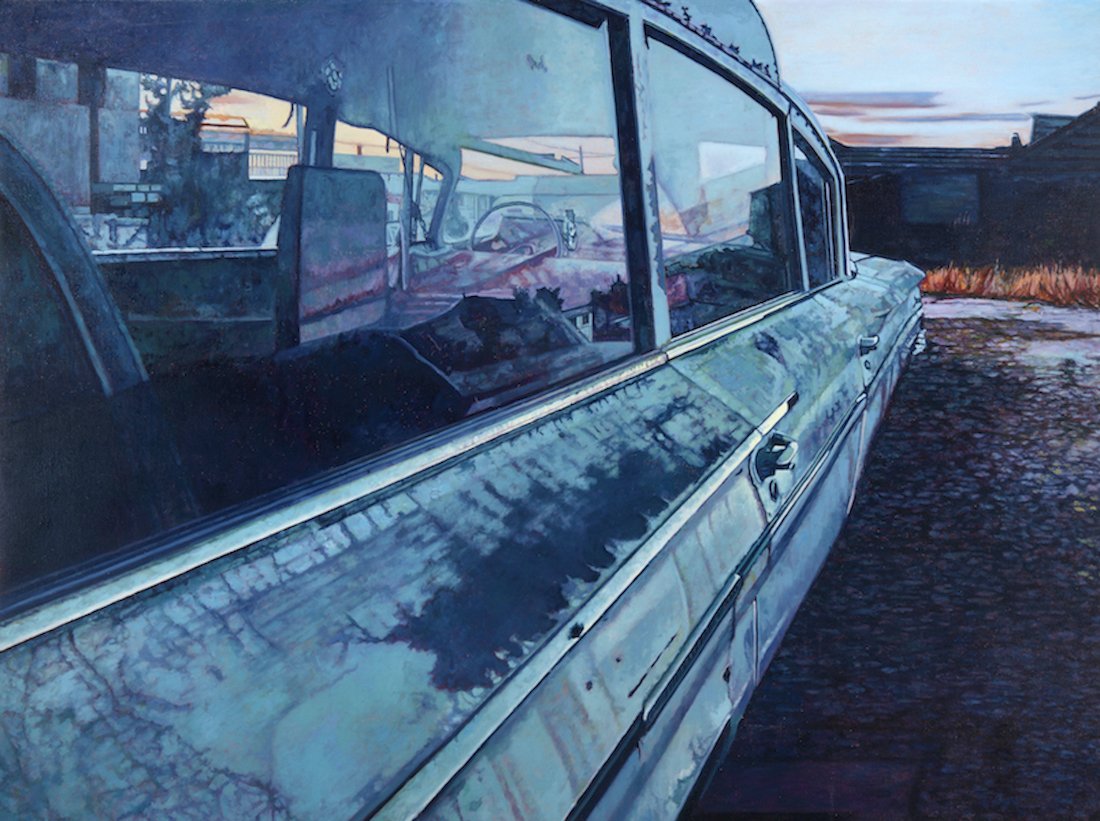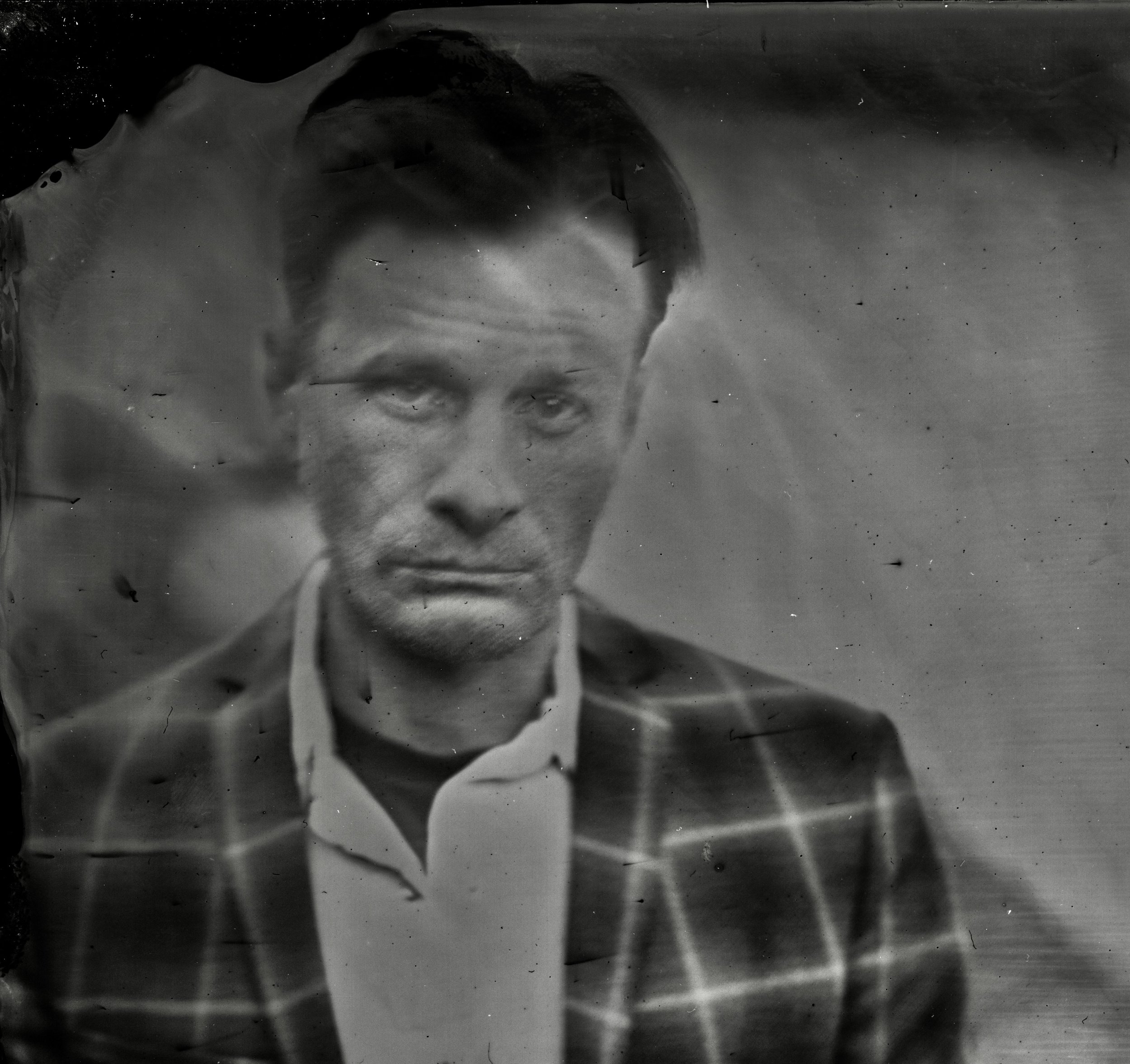
EDITORIAL
On Metaphors
Donald Davidson, in his What Metaphors Mean, writes that “[t]he interpretation of dreams requires collaboration between a dreamer and a waker, even if they be the same person; and the act of interpretation is itself a work of the imagination. So too understanding a metaphor is as much a creative endeavour as making a metaphor, and as little guided by rules.” He also emphasizes that linguistically speaking a metaphor means literally what the words mean and nothing more; thus, most metaphors are false (that is, if I say, "John is an open book," it is not true).
In this issue of The Pasticheur, I am especially grateful for the work of the artists we include because they help me better understand the idea of metaphor. For instance, Mario Giacomelli (whose work we owe to the courtesy of his granddaughter, Katiuscia Biondi Giacomelli, and The Mario Giacomelli Archive) began his career believing he had to portray truth. He quickly understood, however, that photography was profoundly metaphorical, even when capturing the landscape of his native Senigallia. As his work progressed, he took everyday situations, objects, and people he knew well and transformed them into images that revealed angles our reality-accustomed eyes might otherwise never perceive.
In line with Giacomelli, we present Michael Hower, who, too, metaphorically brings the dead to life through his photography of Central PA surroundings, and Morgan Craig, whose oil and tempera paintings achieve a similar effect. Regardless of their intent, all three artists invite interpretation, requiring imagination. And imagination is always a product of identity, an infinite layering of contingencies.
The work of Esteban Moore (poetry) perhaps for the majority, most closely aligns with metaphor, carrying the added complexity of using words to create images. Like painting and photography, his poetry imprints itself on the reader. Moore, like the visual artists mentioned, animates the seemingly lifeless elements of his native Argentina. This is evident even in his portrayal of people, such as in his poem “Alejandra”:
each day I'm surprised
by the death of a woman
fragile, nervous...
and I imagine the body
outside the disordered room
pale, it drifts along a city street
covered by the sky I love
and I am certain
oh world
that you have not known how
to make use of all her grace
The poem, dedicated to the memory of Alejandra Pizarnik, speaks to me as an Argentine, albeit differently than it might to Esteban Moore himself, as our contingencies have shaped different identities. However, in my imagination, being familiar with Pizarnik’s work, Moore’s words resonate as a critique of a materialistic, capitalist world, that often overlooks poets unless they are widely known, if it recognizes poets at all.
Davidson further tells us, “Metaphor is a legitimate device not only in literature, but in science, philosophy, and the law; it is effective in praise and abuse, prayer and promotion, description and prescription.” But beyond this, Davidson argues—contrary to Black, Henle, Goodman, Beardsley, and others—metaphor accomplishes more than has often been acknowledged and works its wonders in unique ways.
December marks an end but also a beginning, often intertwined with imagery. For those in the North, the image is gray and cold; for those in the South, it is bright and warm. In much of the world, however, December is a time of marketing and consumption rather than reflection and gratitude.
I am grateful that this journal celebrates powerful creators and proud that this December marks the end of The Pasticheur's second year of existence.
Here’s to many more years of wonder!
Jorge R. G. Sagastume, Editor
This Issue’s Contributors




